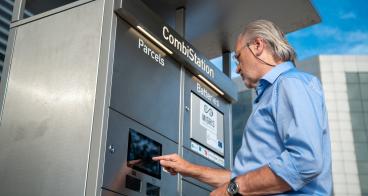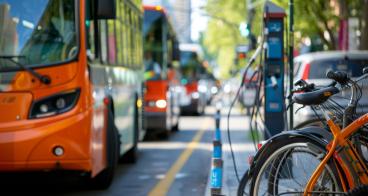Accelerating LEV adoption through battery swapping in Antalya and Dugopolje
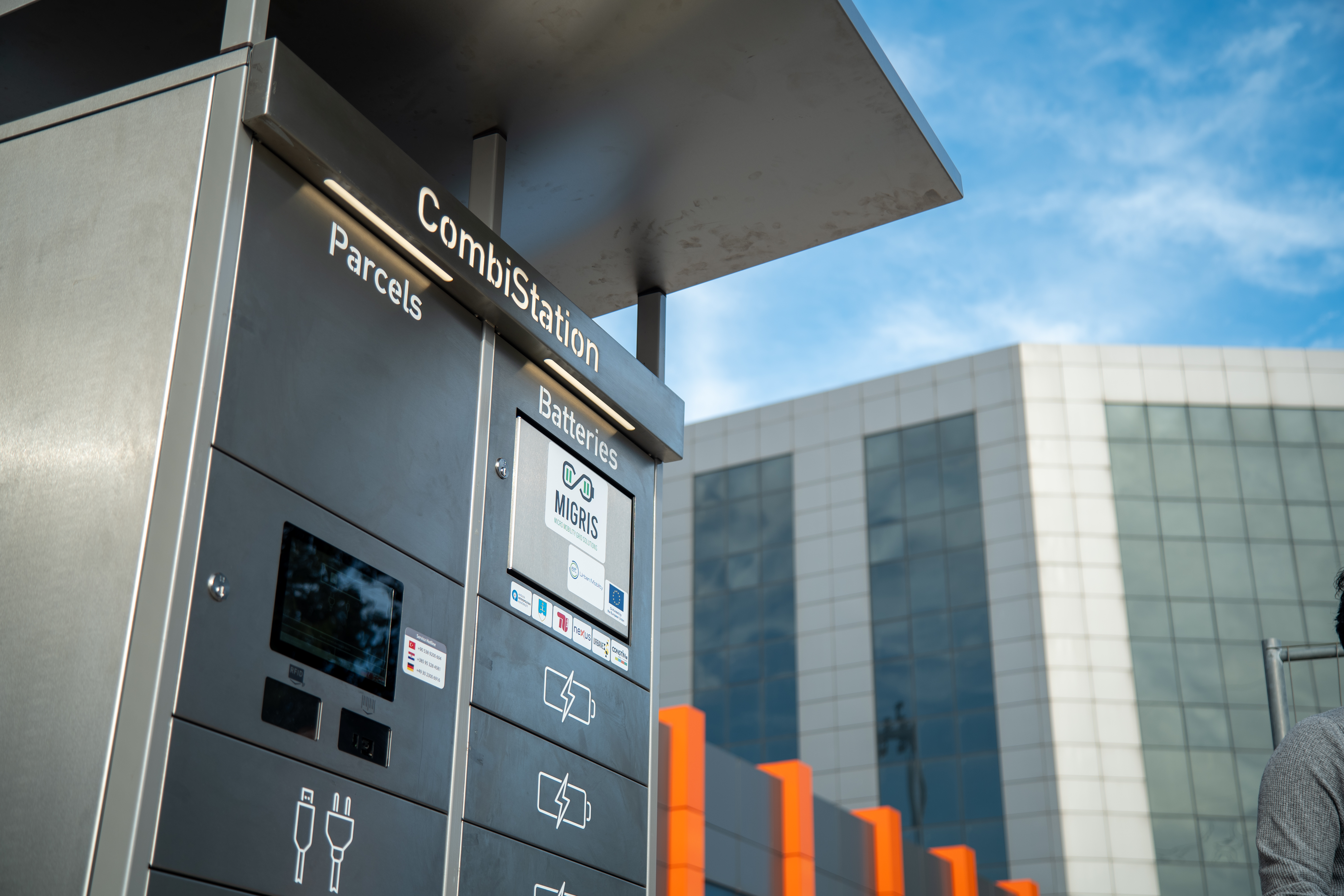
The Challenge
Cities across Europe are embracing electric transport, from cargo bikes to scooters or cleaning service vehicles. But one major challenge remains: keeping them charged efficiently and sustainably. Many light electric vehicles (LEVs) have limited battery capacity, meaning frequent stops for charging - disrupting operations and making widespread adoption difficult.
What if there was a way to eliminate charging downtime altogether? In Antalya and Dugopolje, an innovative solution has been put to the test: battery-swapping stations. These modular, circular battery systems allow LEVs to swap depleted batteries for fully charged ones in seconds, extending their range without the wait.
For businesses relying on last-mile delivery, security patrols, or city maintenance, this could be a game-changer: providing mobility without the need for traditional cars. And for private users, the pilot in Dugopolje explored how battery-swapping can make daily LEV use more convenient, removing the need for home charging.
By making LEVs more practical and accessible, this solution aims to accelerate the shift toward cleaner, more efficient urban transport.
The Solution
To tackle the challenge of limited battery capacity in light electric vehicles (LEVs), the CombiStation was introduced - a battery-swapping station that allows users to replace depleted batteries in seconds, eliminating downtime. The station is equipped with a digital interface, guiding users through the swapping process seamlessly.
In Antalya, the solution focused on professional use cases, testing the CombiStation with five vehicles operating intensively for multiple hours. It proved particularly valuable for delivery, security, and cleaning services, ensuring they could continue their routes without disruptions. Installed in a public parking area, the station provided open access to users.
In Dugopolje, private use was explored, allowing individual LEV owners to experience battery swapping in daily life. Different users tested the system across various scenarios, demonstrating how it could simplify urban mobility beyond professional fleets.
Beyond battery swapping, the CombiStation also featured a parcel station, adding convenience for local logistics. This dual functionality makes it a valuable asset for both businesses and individuals, offering a seamless mobility and delivery solution in one.
By making charging fast and effortless, the CombiStation has the potential to accelerate LEV adoption - creating cleaner, more efficient urban transport systems.
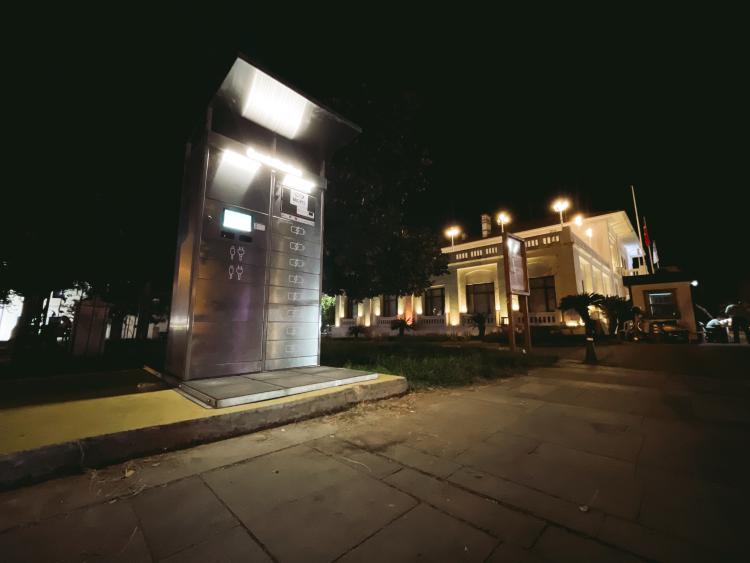
Making an impact
The results confirmed strong support for battery-swapping systems, even though charging time was seen as a moderate issue. One of the positive impacts of the solution deployment was that users found the combination with parcel stations particularly practical, enhancing both mobility and logistics.
In Dugopolje, the deployed innovation highlighted the potential of light electric vehicles (LEVs) and battery swapping to improve daily mobility, offering key insights into system strengths and areas for improvement. Meanwhile, in Antalya, the focus on professional use - such as city police and delivery services - demonstrated how seamless battery swapping can keep essential operations running efficiently.
These findings reinforce the role of battery-swapping solutions in making urban transport more sustainable and convenient.
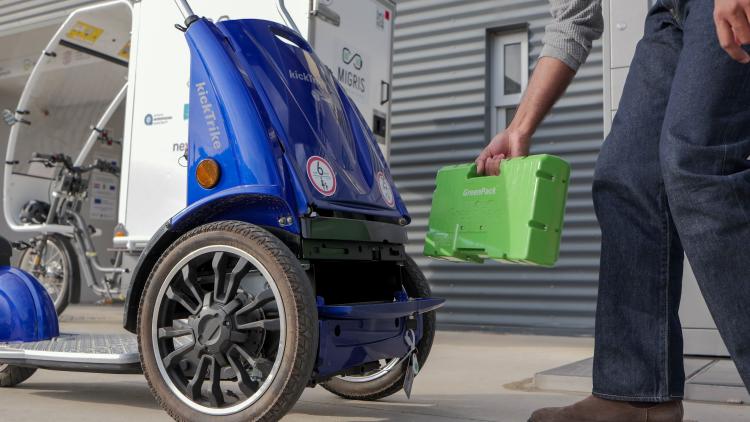
Lessons learnt
The innovation deployed in Antalya and Dugopolje confirmed that LEVs and battery-swapping systems can be a viable solution for sustainable mobility in both urban and rural areas. However, regional differences highlighted the need for adaptation and targeted strategies. Successful implementation requires not just technological advancements but also a clear understanding of user needs and effective communication of benefits.
With the right measures, battery-swapping stations can play a key role in making mobility more efficient and environmentally friendly, proving that innovation must be tailored to local conditions for maximum impact.



